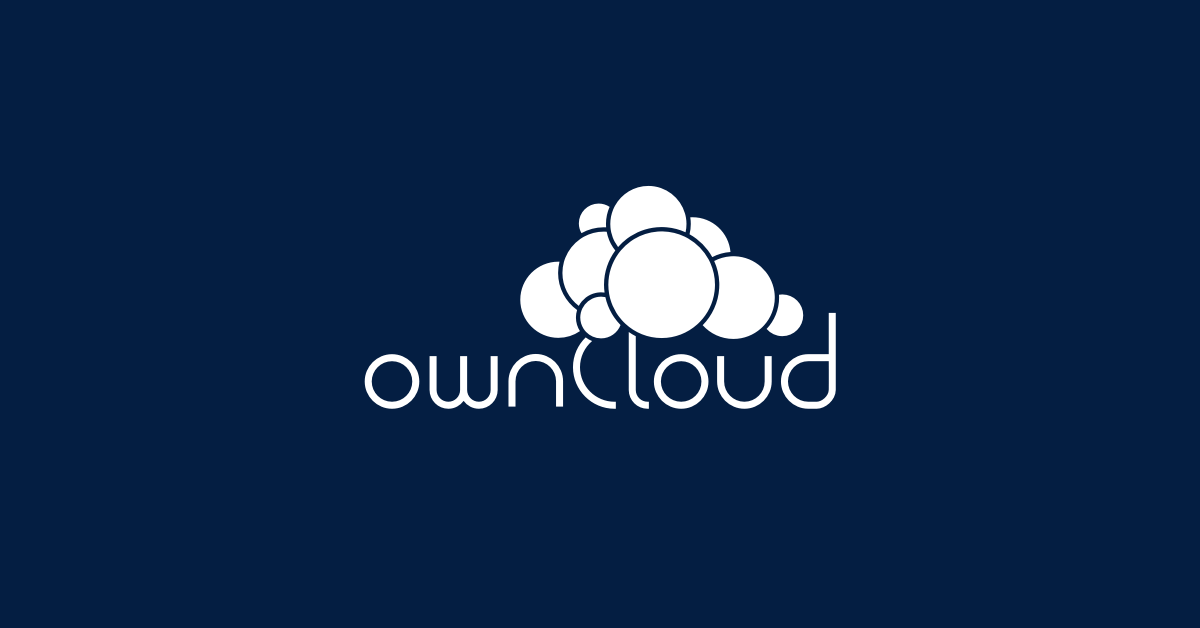

I landed on Tandoor. I had a bunch of recipes on one of those web sites and they switched to a subscription model and locked me out of my recipes. I don’t remember why I chose Tandoor over Mealie, but having full ownership over my recipes is freeing.

I’ve been trying to learn K8s and more recently the Gateway API. The struggles are that most Helm charts don’t know Gateway (most are barely Ingressroute) and I’m trying to find a solution to one service affecting the other gateways.when a service cannot find a pod, the httproute fails and when one route fails, the ingress fails. It’s a weird cascading problem.
Right now, I’m considering adding a secondary service to each gateway that resolves to a static error page. I haven’t looked into it yet; it cane to me in the brief moment of clarity before I fell asleep last night.
Also, I may be doing everything wrong, but I am learning and learning is fun.